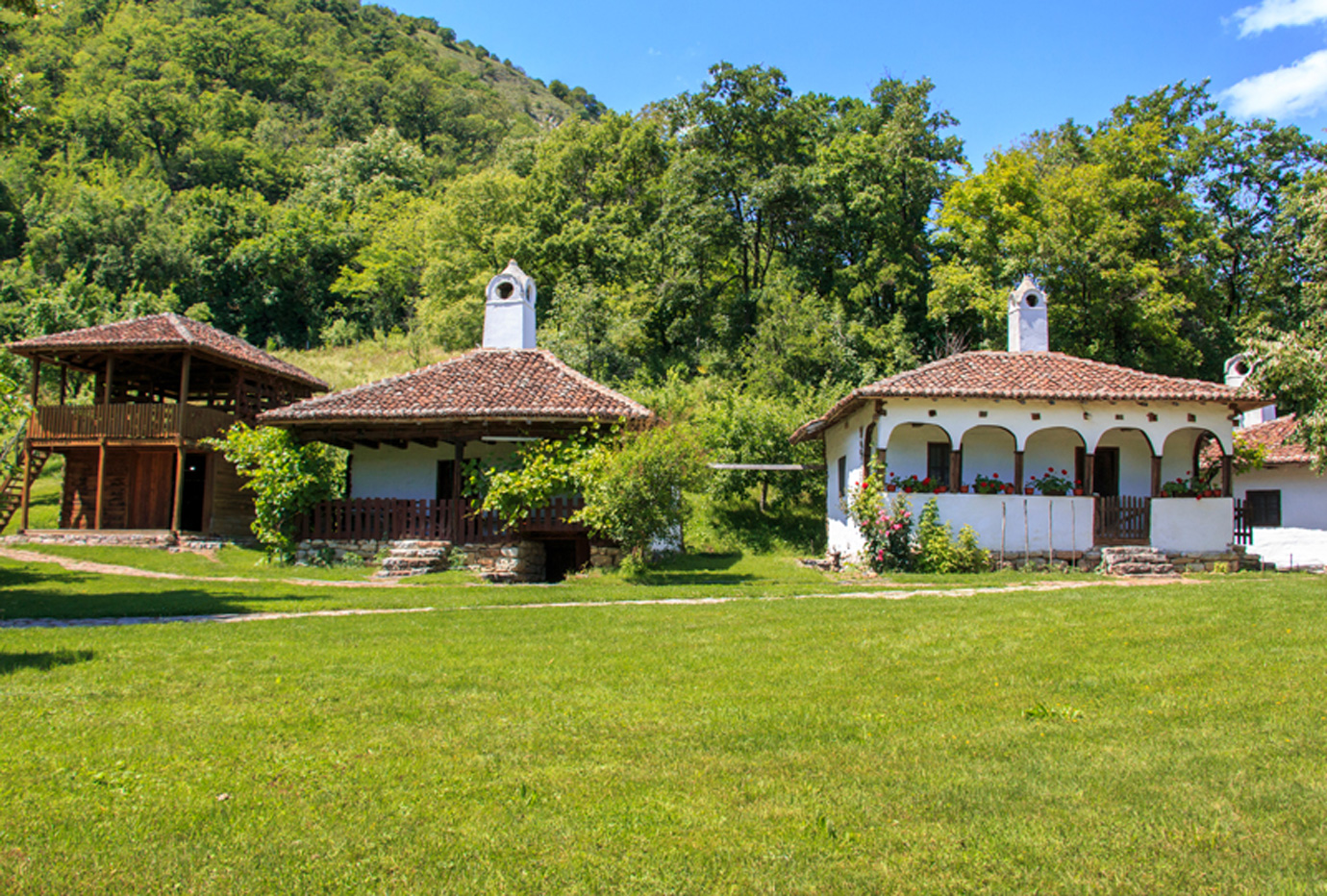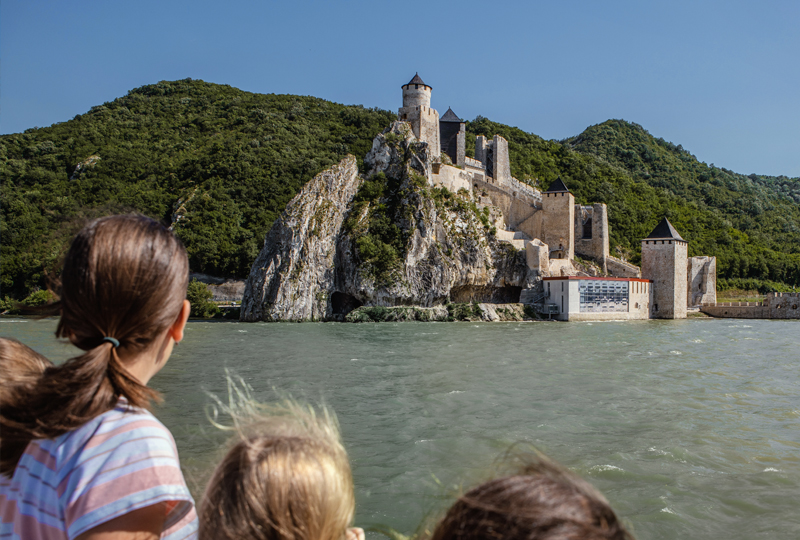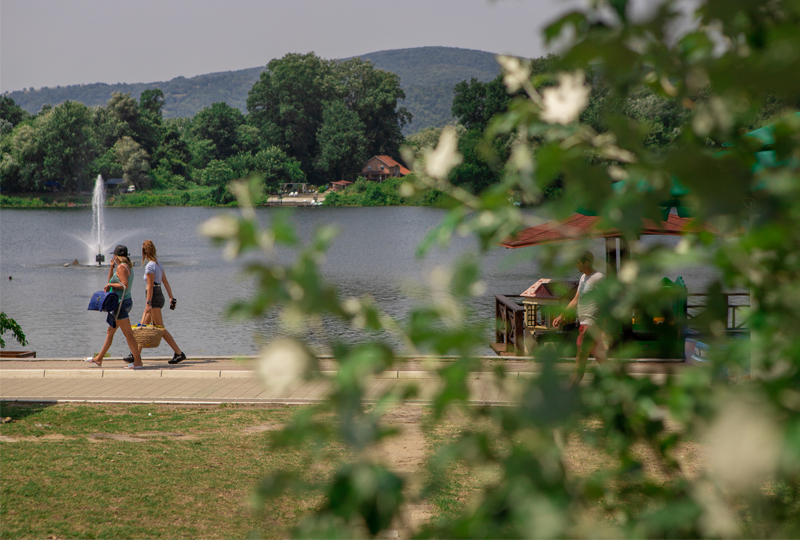
Journal
The archaeological site of Lepenski vir
Lepenski Vir, one of the largest and most important Mesolithic and Neolithic archaeological sites, dates back to the Middle Stone Age. It is thought to have been inhabited around 8,000 years BC after the melting of huge glaciers that spanned much of the Northern Hemisphere.

It is located on the right bank of the Danube in the Djerdap Gorge. This site, named after the great whirlpool on the Danube, was the seat of one of the most important and complex cultures of prehistory. Its landmark is the widely known and recognizable stone figures of people with large eyes and fish-like lips, probably created for the purpose of worshipping the idols of hunters and fishermen, dependent on a mighty river such as the Danube.
During the archaeological excavations, seven successive settlements were discovered, which were built in the period from 6500 to 5500 BC. The people of this settlement built unusual trapezoidal huts with a rectangular hearth and small graves in the same unit.
At this archaeological site, specimens of jewelry and tools made of bone and stone were discovered, as well as carved stone slabs with symbols and signs resembling writing, which many have tried unsuccessfully to decipher.
Author of photographs: Željko Vladić
Source: Lepenski Vir d.o.o. Tourist Area Manager










